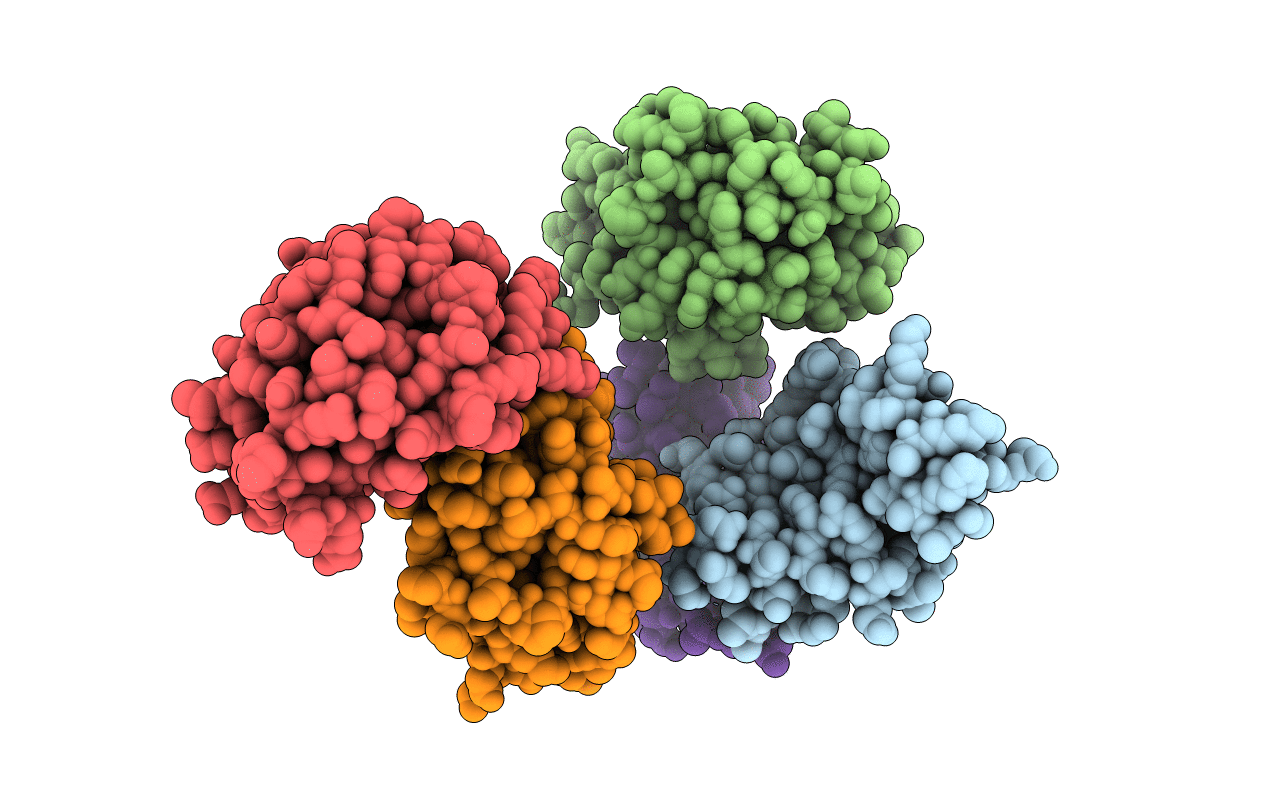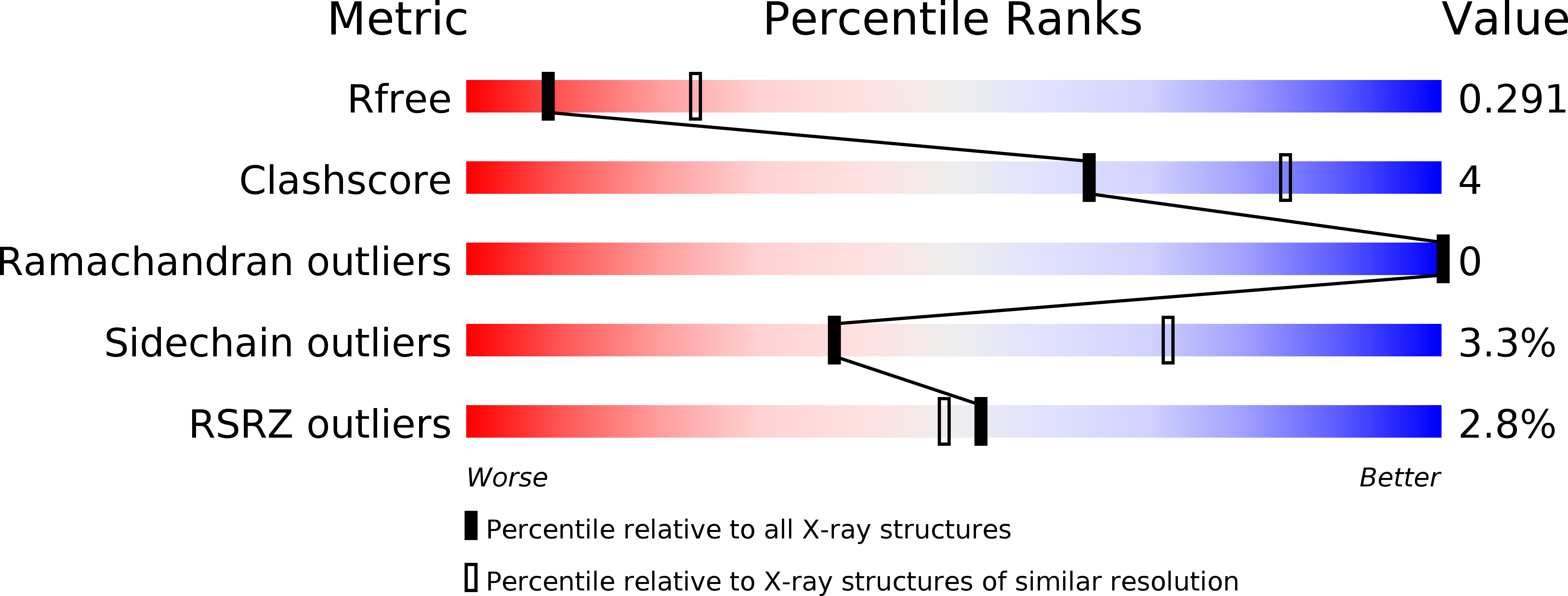
Deposition Date
2011-12-16
Release Date
2012-12-12
Last Version Date
2024-03-20
Method Details:
Experimental Method:
Resolution:
2.90 Å
R-Value Free:
0.29
R-Value Work:
0.26
R-Value Observed:
0.26
Space Group:
C 2 2 21


